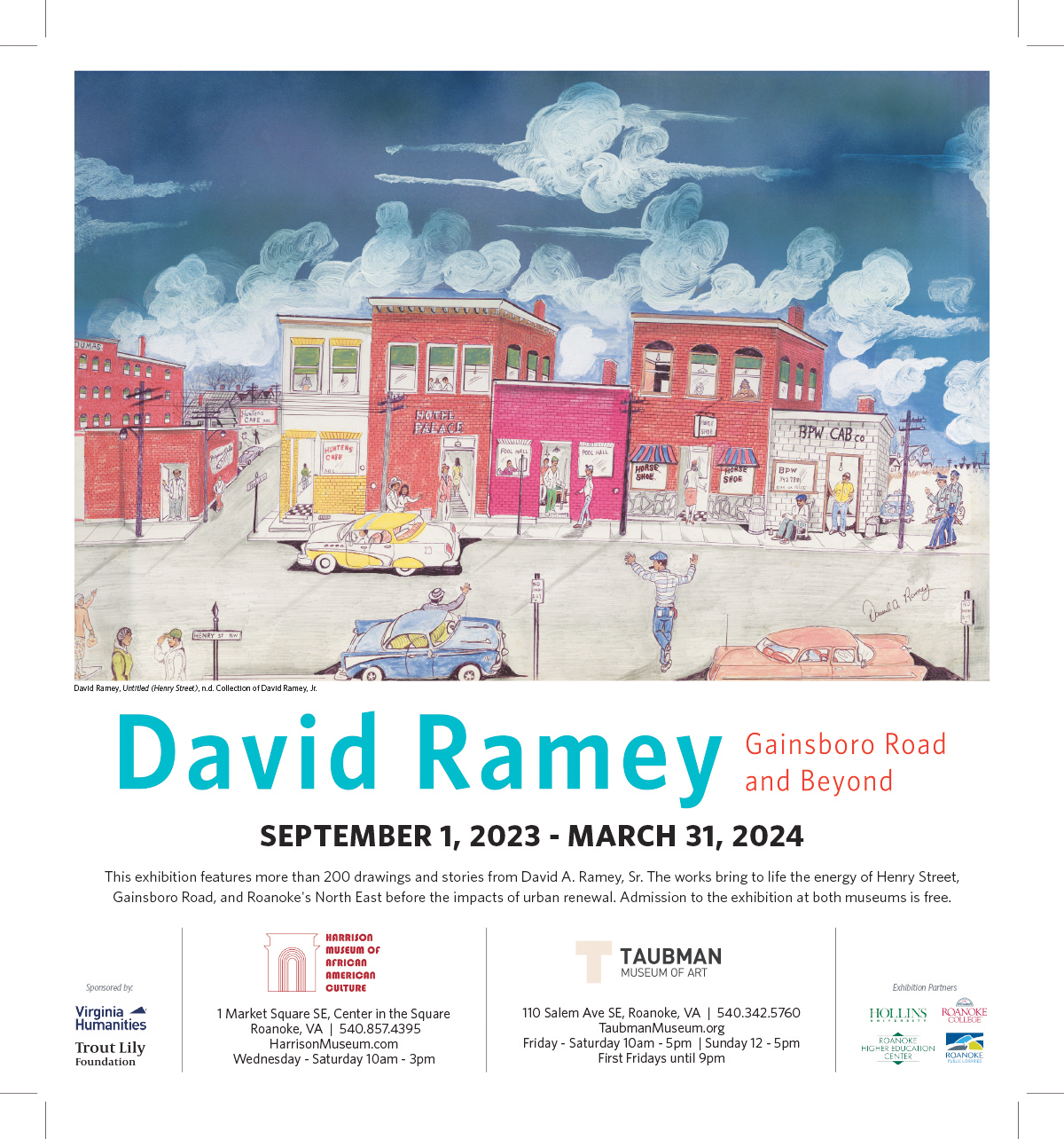“Walking the Red Line: Residential Discrimination in 20th Century Roanoke”
The impact of federal policies on residential segregation is often understudied in the history of race and prejudice in the American South. One such legacy, known as ‘redlining,’ was neglected for half a century until more than one hundred redlining maps were re-discovered, exposing a New Deal policy that systemized racist housing policies across the United States.
Come join Roanoke College senior Hunter Haskins as he addresses redlining, the organization that enabled it and more, in a brief history of Roanoke’s residential segregation. His presentation on Thursday, May 13, at 7 pm is free, open to the public, and will be held via Zoom. The Zoom link will be posted on the Salem Museum’s website, https://salemmuseum.org/, prior to the talk.
Redlining was a discriminatory practice wherein loans, insurance, and other public services were denied to residents of neighborhoods based upon the area’s ethnic or racial makeup. Haskins will highlight how his undergraduate research on an obscure 1937-redlining map exposed a series of further discriminatory behavior against Roanoke’s African American communities, particularly in the Gainsboro and Melrose-Rugby neighborhoods. He will also showcase selected portions of the map using a digital mapping tool and explain how later practices such as urban renewal—prove that redlining was a practice that, rather than creating a form of segregation, perpetuated prejudices already found in the region.
Haskins is a double major in History and Political Science, pursuing a concentration in Public History, and is a member of the Roanoke College Honors Program. His areas of interest include twentieth century justice issues and American foreign policy.
This presentation is part of his Honors Distinction Project, the culmination of two years of research and fieldwork meant to gauge and contextualize for the first time some of the effects of redlining in the Roanoke area. Haskins hopes to one-day work in or with a museum where he has the opportunity to research his interests further, and help others embrace the history around them as they face the challenges of the twenty-first century.




